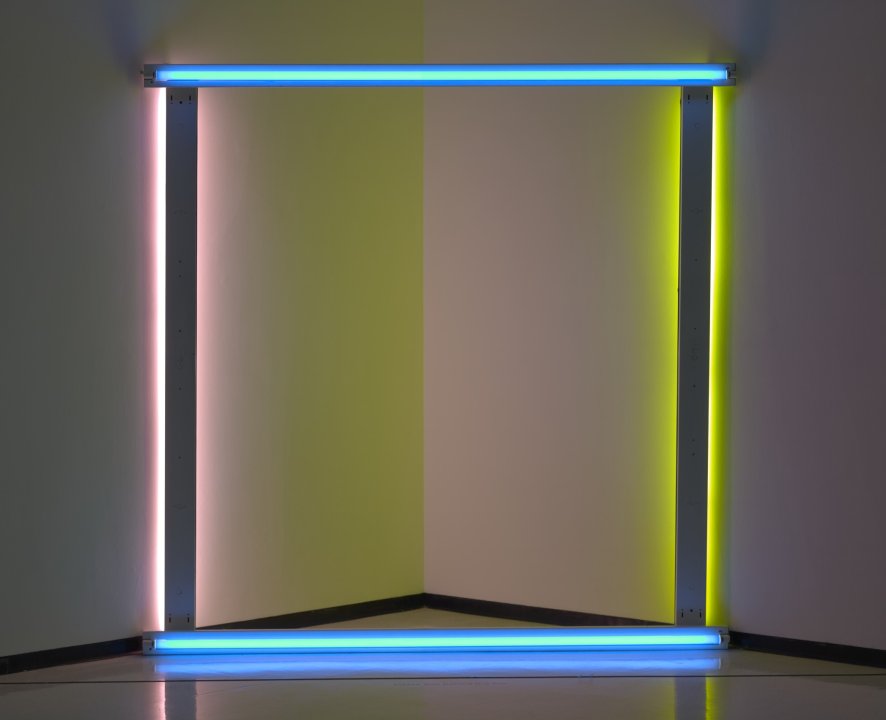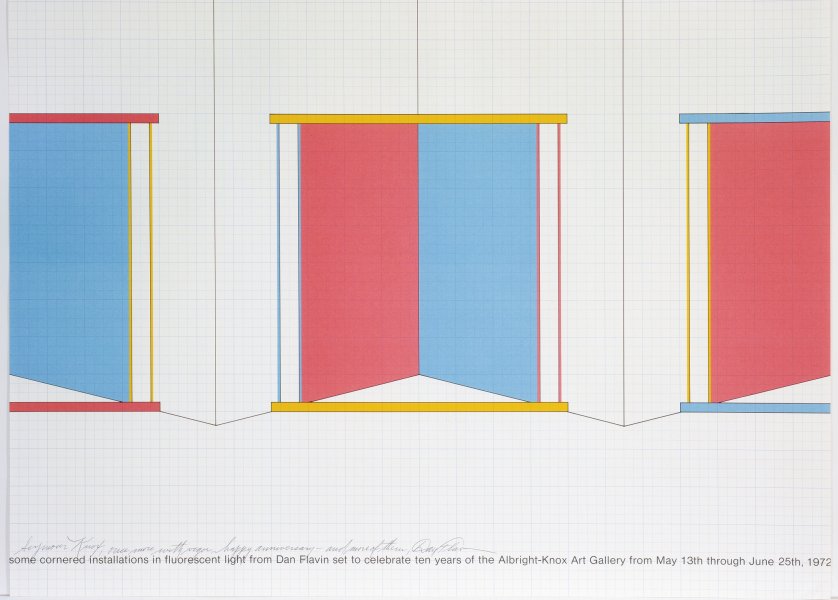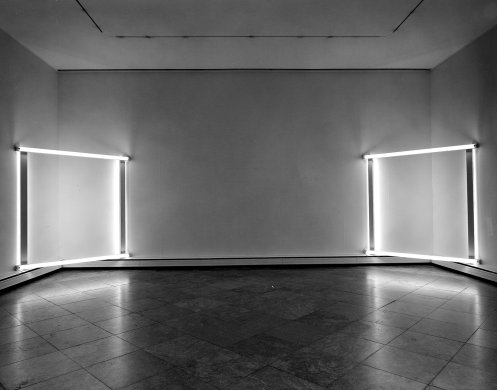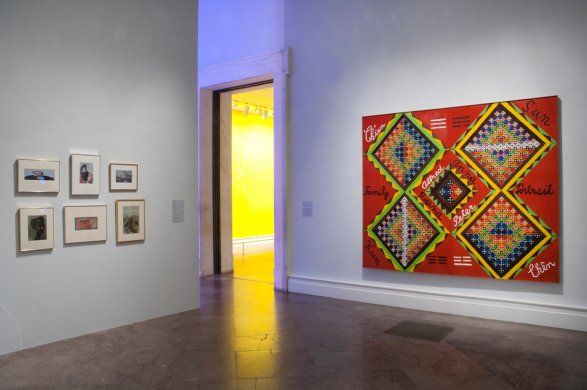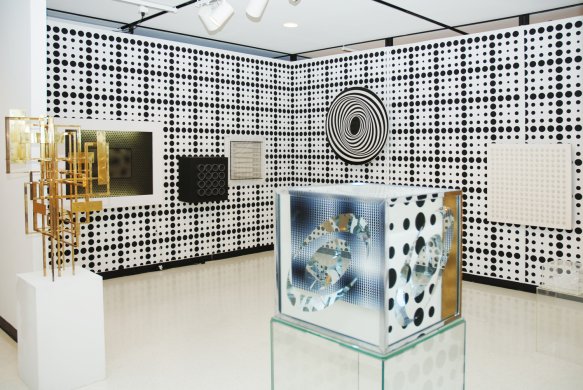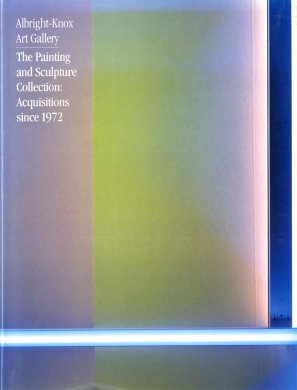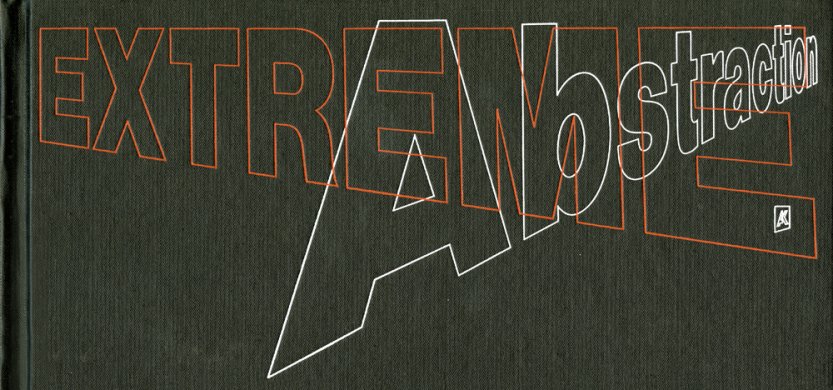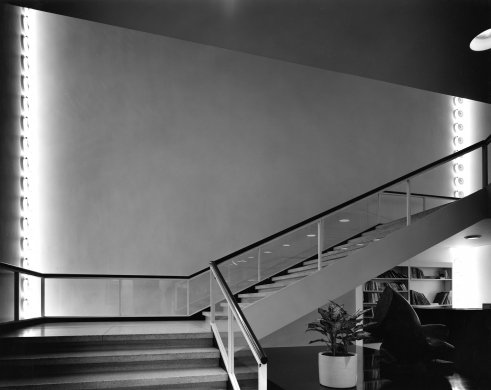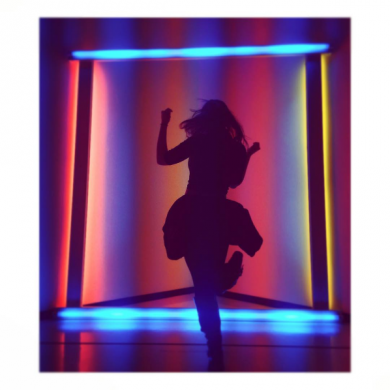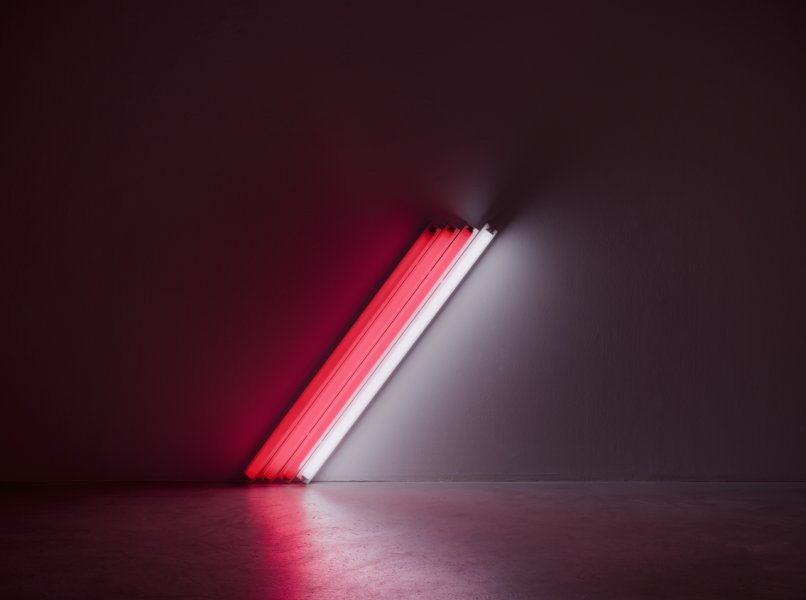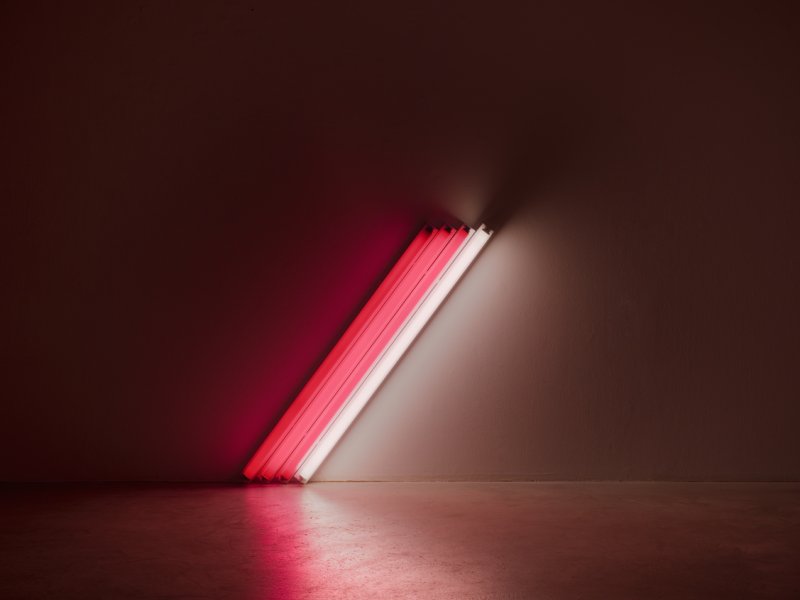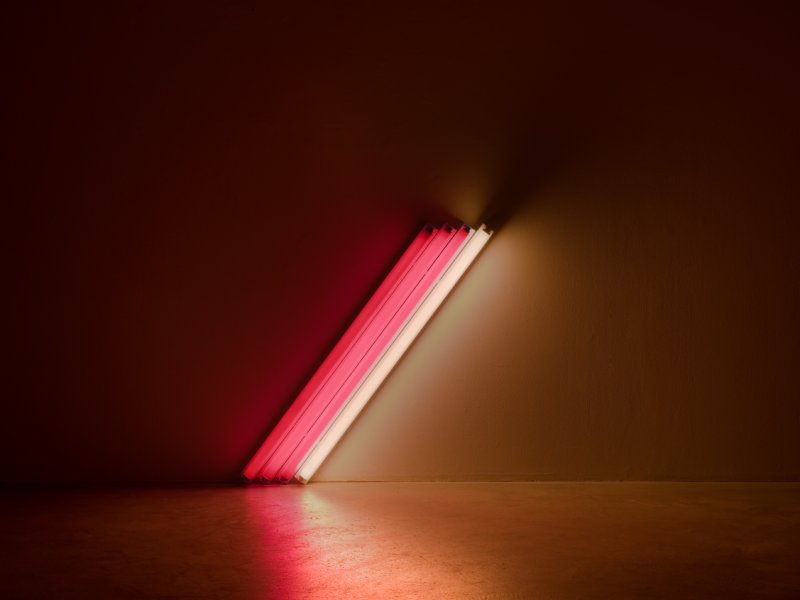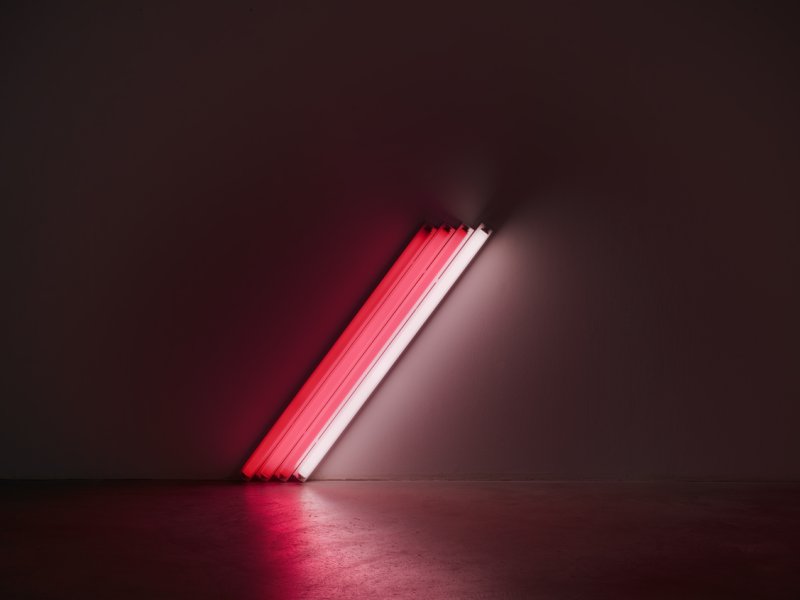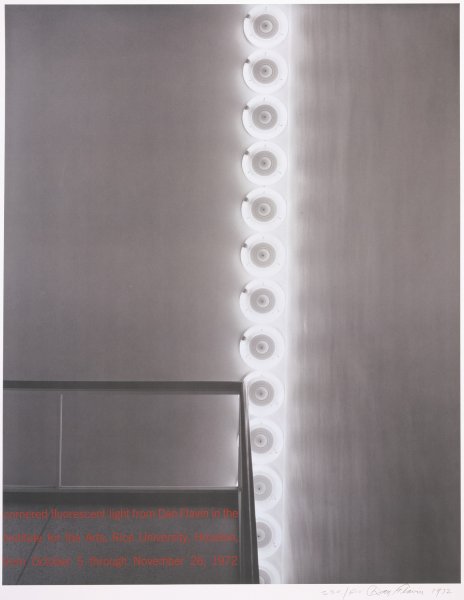Dan Flavin
American, 1933-1996
untitled (to Donna) 6, 1971
Artwork Details
Currently on View
Collection Highlight
Materials
blue, pink, and yellow fluorescent light
Edition:
4/5
Measurements
overall: 96 x 96 inches (243.84 x 243.84 cm); framework: 96 x 96 x 7 1/2 inches (243.84 x 243.84 x 19.05 cm)
Collection Buffalo AKG Art Museum
Credit
George Cary Fund, 1972
Accession ID
1972:16
Dan Flavin emerged in the late 1960s as a noted Minimalist, one of a number of artists who embraced simple means to generate singular forms. To this day, he is associated with the material he chose for his oeuvre: ready-made fluorescent lightbulbs. Flavin first began making light works that consisted of painted boxes mounted on the wall with lightbulbs around the edges. A former Catholic altar boy, he called these works “Icons” in homage to Byzantine religious icons. Soon after, he pared everything from his works but the light itself, making sculptures with fluorescent tubes, both alone and in groups, and, finally, expanding into broader architectural installations in which spatial transformations occurred through the optical effects of light. In 1972, the Albright-Knox featured an exhibition of Flavin’s work, Fluorescent Light Sculptures by Dan Flavin, organized by Assistant Director Robert T. Buck, Jr. The light sculpture seen here, untitled (to Donna) 6, 1971, was featured in that exhibition and was subsequently acquired by the Albright-Knox. In a letter to the museum, the artist wrote that “the ‘Donna’ of the dedication is a young, handsome, intelligent Angelino who has worked with the Ace Gallery and in filmmaking.”
Label from Wish You Were Here: The Buffalo Avant-garde in the 1970s, March 30–July 8, 2012
